Submitted by WA Contents
Hungary Pavilion installs "Liberty Bridge" examining significant urban issues at Venice Biennale
Italy Architecture News - Jul 02, 2018 - 04:21 18958 views
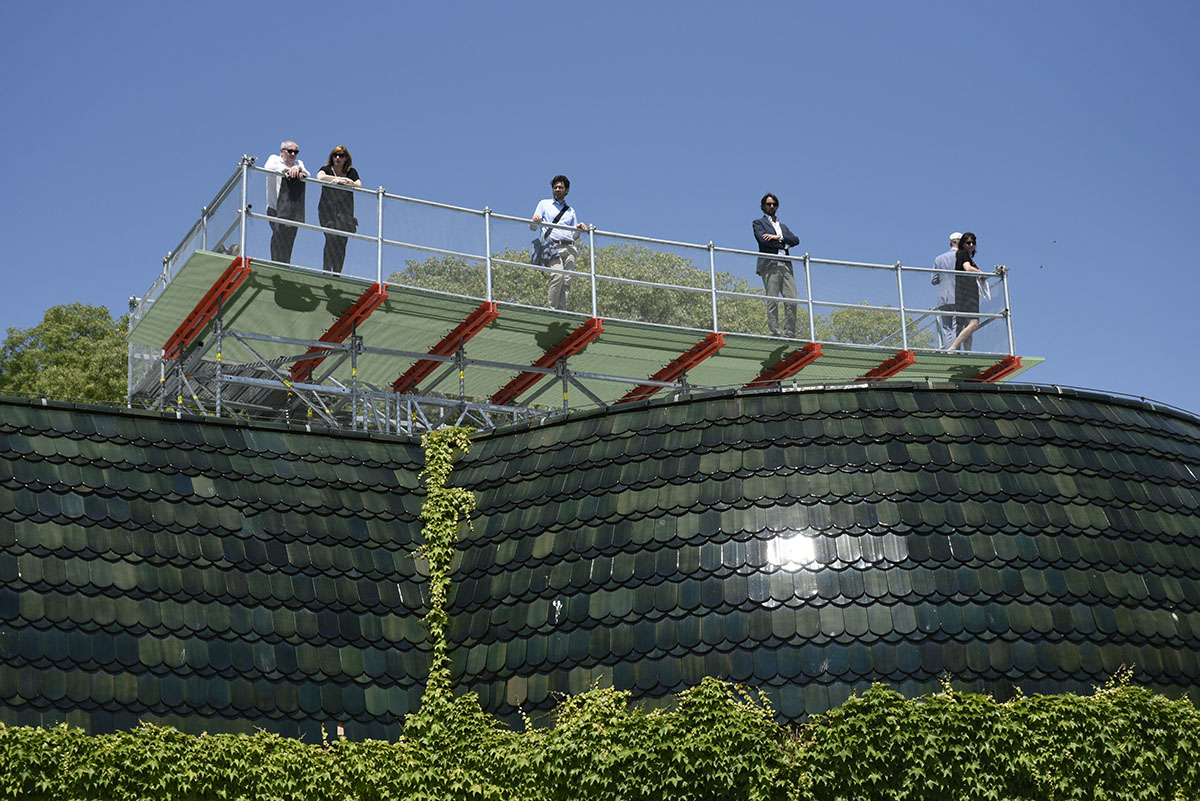
The Pavilion of Hungary has installed a giant steel framework at the center of the Pavilion at this year's Venice Architecture Biennale, the Pavilion is called "Liberty Bridge - New Horizons" and aims to provide new horizon to the concept of free space through an exceptional urban episode in Budapest.
Liberty Bridge – New Urban Horizons tackles fundamental issues of urban development. The symbolic installation invites visitors to explore the building like never before.

For this year’s exhibition of the Hungarian Pavilion, two creative collective, the curator team of Kultúrgorilla and the architects of Studio Nomad joined their forces to investigate, how a historic bridge can become spontaneously a vibrant centre of local communities.
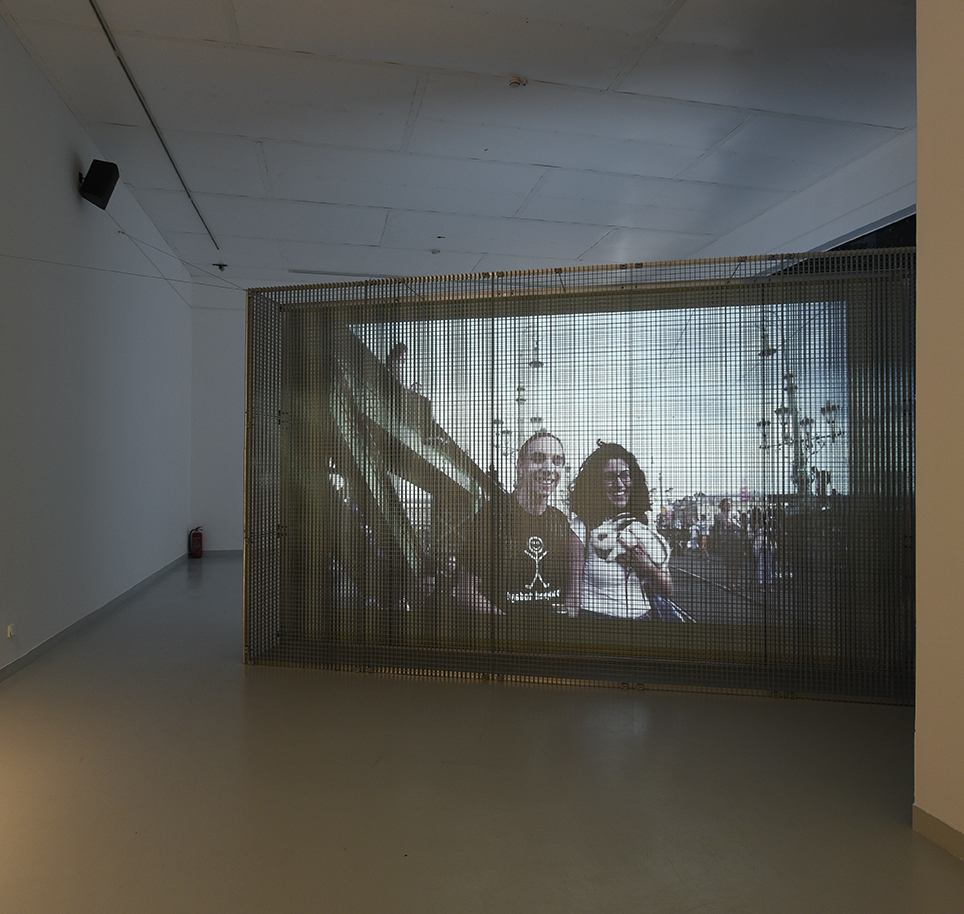
"This is the imprint of a much larger social transformation: how do we change our thinking about the city, what cities do we want to live in? How does our relationship with public spaces change? Can we go beyond our indifference? To what extent do we dare to change our environment? And if we change it, what transformations does it bring about in us?," said curator Júlia Oravecz of Kultúrgorilla.
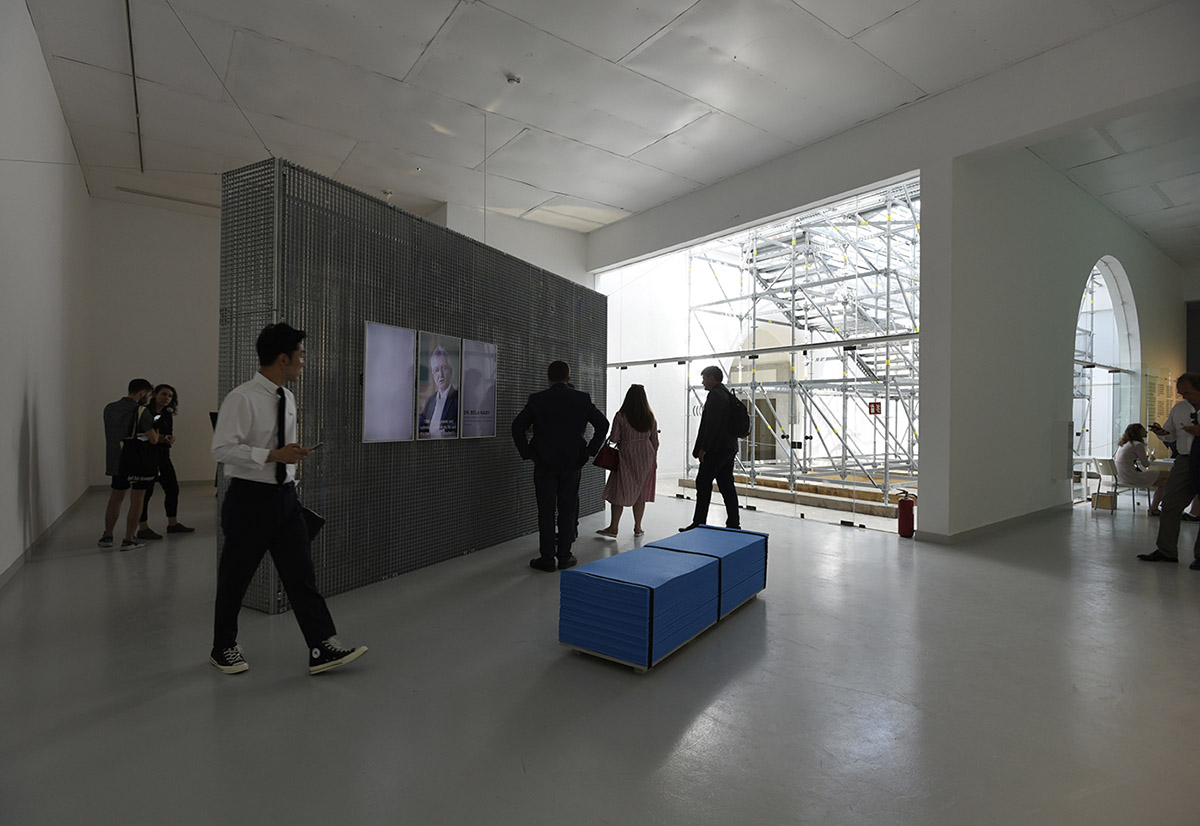
In 2016, one of the oldest Danube-bridges of Budapest, the Liberty Bridge became car-free due to an infrastructural development in the neighbourhood. Citizens, mostly millennials immediately put the road and tram tracks to creative use, and re-imagined the historic place. The construction turned into street furniture, hosting picnics, grill-parties, yoga classes.
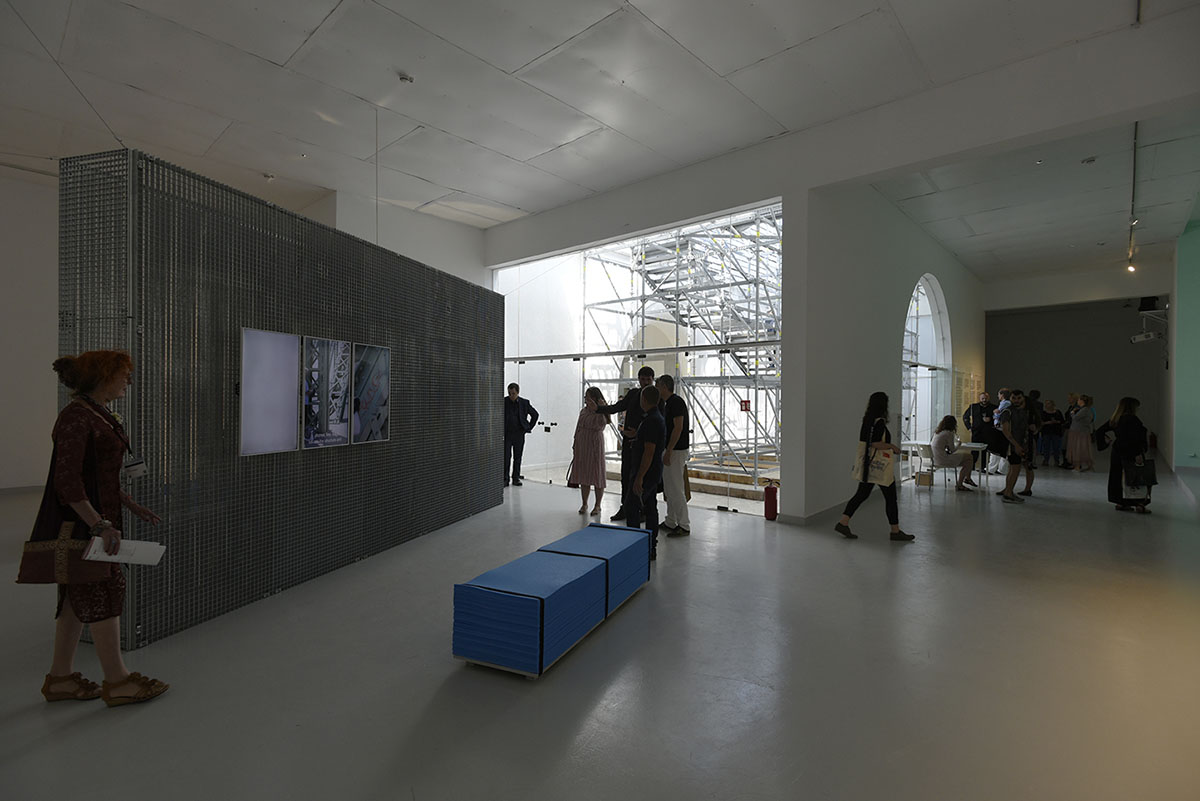
"What message does architecture have concerning the events on the Liberty Bridge? A fundamental condition for sustainability is that not only the materials and structures are planned for the long term, but also the space use. Events on the Liberty Bridge show how a historical space can stay up- to-date, how it can be alive in changing usage, how we can always see its new faces," added architect Soma Pongor of Studio Nomad.
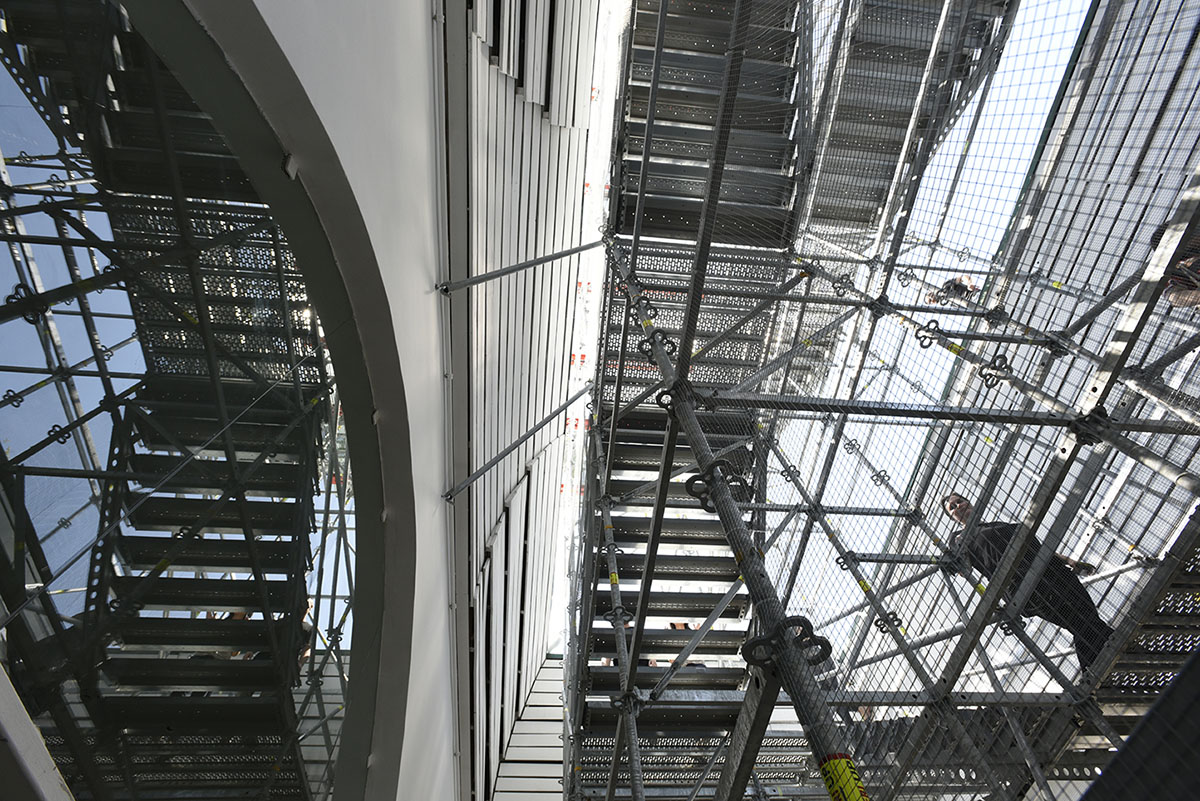
Though the crowd had no demand, the "occupants" reframed the relation of city and liberty, formal and informal use, public and private spaces.
The curators choose this episode to tackle fundamental issues of urban development: What does a free public space represent today? How can a bridge or any built structure act as a medium of freedom? How can we change our own identity by transforming our city?
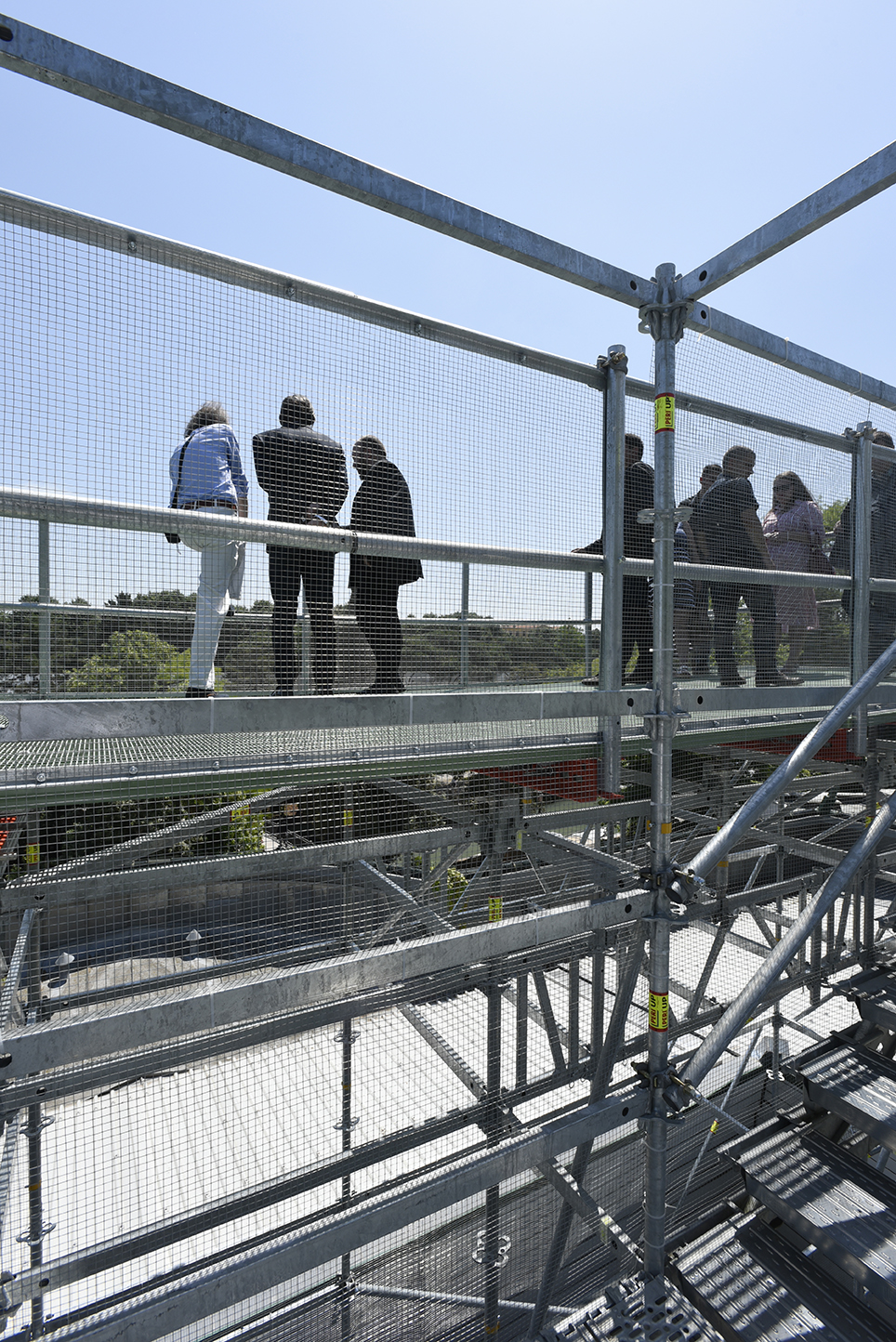
The exhibition invites visitors to relive the experience of creating both spatial and inner freedom with a truly engaging architectural installation: we can literally gain new perspectives by accessing the heritage building of the pavilion.
The exhibition also sheds light on the process that led to the bottom-up placemaking on the bridge, and examines how the relation to public spaces changed in the last 30 years, after the political changes.
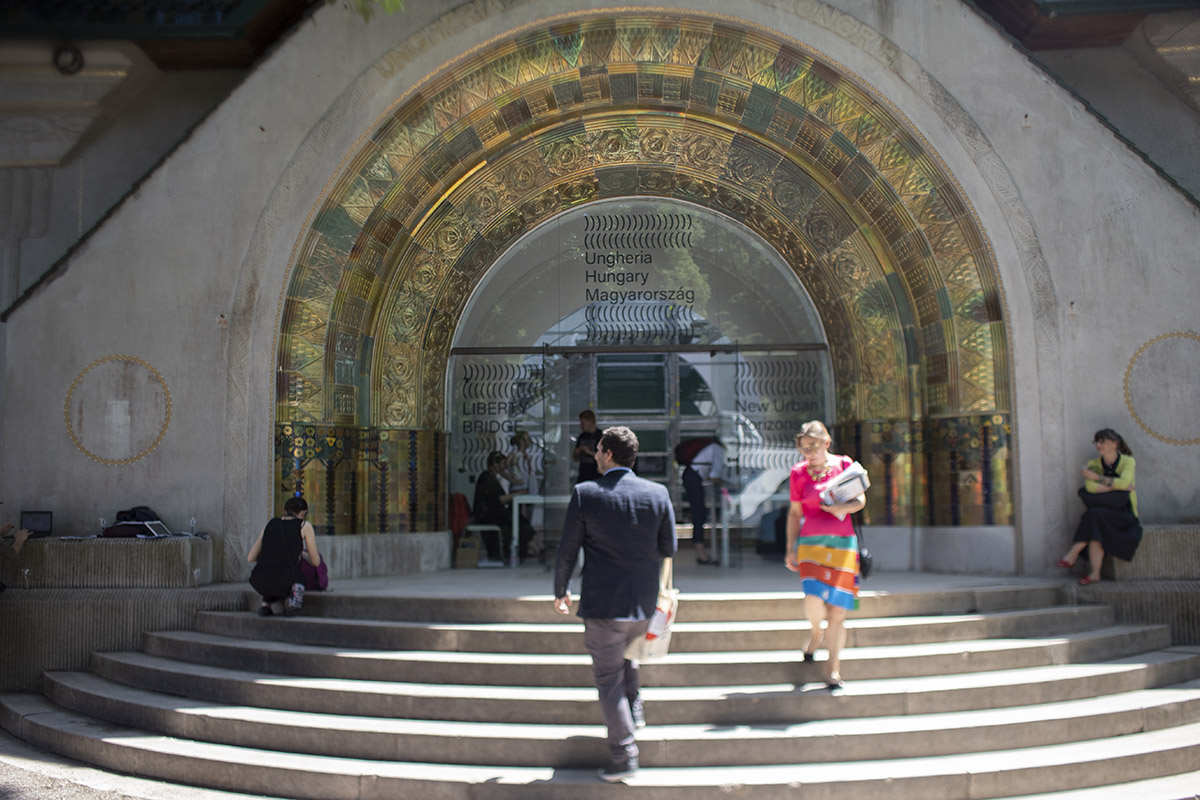
Image © Italo Rondinella, courtesy of La Biennale di Venezia
The 2018 Venice Architecture Biennale, curated by Yvonne Farrell and Shelley McNamara under the title of Freespace, will be on view from May 26th to November 25th, 2018 in the Giardini and the Arsenale, and around other venues in Venice.
Project facts
National commissioner: Julia Fabényi
Curators: Kultúrgorilla (Júlia Oravecz, Anna Göttler, Éva Tornyánszki)
Architect: Studio Nomad (Bence Pásztor, Soma Pongor, Dávid Tarcali)
Organizer: Ludwig Museum – Museum of Contemporary Art
Supported by: Ministry of Human Resources
All images © József ROSTA, Ludwig Museum - Museum of Contemporary Art, Archive, unless otherwise stated.
